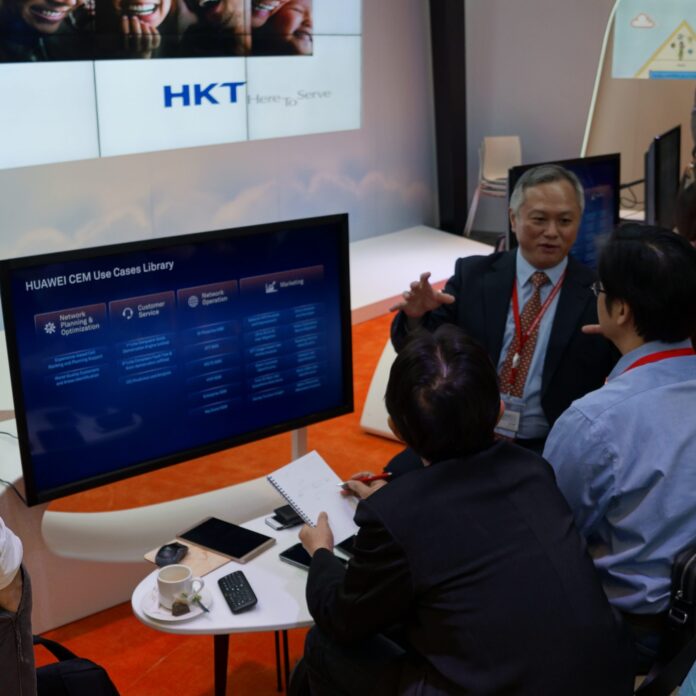Huawei and partners show use cases of digital transformation to demonstrate importance of agile, elastic operations
BARCELONA, Spain – With a focus on enabling a customer-centric business model, Huawei representatives and clients gathered during Mobile World Congress to discuss the importance of digital business transformation.
Transformation has been a key theme of MWC 2016. Communications service providers need the agility to keep up with the explosion of mobile data traffic and remain competitive against over-the-top players, while racing to introduce software solutions using network functions virtualization and software-defined networking technologies as they migrate to “5G.”
The Huawei Global Services Showcase looked to build on the ICT firm’s five BigInitiatives designed to drive innovation and digitalization in the telecom ecosystem. Those five priorities are distribution of big video everywhere, enabling big IT, creating agile big operations, deploying elastic big architecture and making big pipes ubiquitous.
William Xu, chief strategy marketing officer and executive director of the board at Huawei, called digital transformation “a new engine for telecom industry growth” that will create cascading “innovation of other industries. Huawei will continue to open up platform capabilities to help carriers build an open, collaborative and win-win industry ecosystem to accelerate digital transformation.”
Michael Yue Chiu Chung, assistant VP of engineering for Hong Kong-based HKT, gave a presentation during the event on how the quad-play service provider worked with Huawei to improve customer experience management while simultaneously reducing operational expense. Chung told RCR Wireless News HKT embraced digital transformation due to challenges associated with the expansive mobile network penetration in Hong Kong; essentially, he said HKT understood network availability doesn’t equate to the best customer services.
Once it had deployed Huawei’s CEM and service orchestration solutions, Chung explained HKT was able to create additional revenue streams while reducing mean time to demarcation from three hours to 30 minutes and boosting first call resolution by 60%, which carries with it the side effect of significantly reducing field visits.
During the four-day conference, Huawei made numerous announcements regarding its push toward advanced “4.5G” networks, which it said can bolster next-generation services prior to 5G standardization and commercialization. The company also announced its Open Roads Community, which is an industry organization designed to initiate industry cooperation with the goal of incubating ICT transformation best practices to help service providers transform ICT operations, as well as around narrowband “Internet of Things” and the Open-O Project, which is an open-source approach to network orchestration launched in conjunction with China Mobile, the Linux Foundation and other partners.

